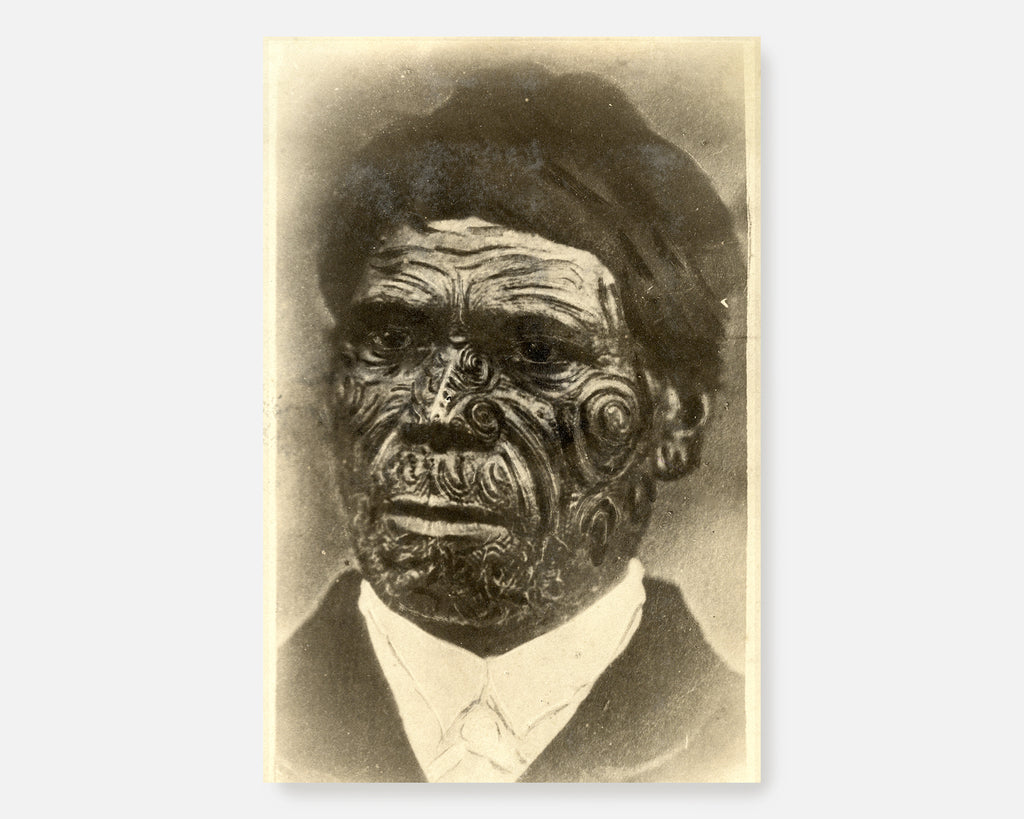For thousands of years, tattoos have distinguished their wearers from the rest of society – often marking them out as criminals. Indeed, the ancient Greek word stizein, meaning “to mark or tattoo” is the root of the modern English word “stigma” – meaning an often unfairly negative perception of a person or group.
But over the years, tattoo culture has steadily overturned these negative associations. In this article, we explore the ways that artists and aficionados have come together to cement the art of tattooing as a liberating expression of identity, individuality, and divergence from social norms – especially for underrepresented communities.
Overcoming oppression
This is true among Maori communities in New Zealand, where tattooing can be seen as a symbol of belonging. The Maori’s distinctive moko tattooing practices are a key part of their heritage – and being tattooed with the unmistakable black designs is a way of reaffirming the importance of the Maori identity within New Zealand culture.
The cultural significance of moko tattooing remains strong to this day. It is a powerful tool for connecting with history, community, and identity – a true celebration of Maori resilience in the face of a culture that still does not fully accept them. This theme of bonding people through difference has been key throughout the history of tattoo art.

Māori Portrait with Tā Moko
Date Range: 1880s
From punishment to belonging
Perhaps one of the earliest examples of a group drawn together through tattooing is Japan’s yakuza organized crime gangs. The modern-day yakuza are said to trace back the origins of their breathtaking irezumi tattoos – key for initiation and belonging – to the Edo period (1603-1867), when tattoos were used to mark criminals.
Those punished would be tattooed on their arms or forehead with symbols that precisely recorded the nature and location of their crimes – often preventing them from getting work. This forced tattooed people to band together into what became the original yakuza gangs, making tattooing a central part of the yakuza identity.

Supporting difference
Tattoos are also important to LGBTQIA+ communities. For instance, lesbians in the 1940s and 50s would sometimes get tattooed with a blue five-pointed nautical star on their wrist. This could be easily covered by a watch during the day, while still allowing them to show their belonging to the community when going out. Meanwhile, the labrys symbol – a two-headed ax – was adopted by lesbians in the 1970s as a tattoo to demonstrate pride in their identity and non-conformity with society’s norms.
Tattooing has equally played a role in advocating for greater acceptance of mental health issues. “Project semicolon” was an online viral trend where people got themselves tattooed with a semicolon (“;”) to show solidarity with those experiencing depression or suicidal thoughts – a powerful symbol of support and inclusivity.
Subversive acts of expression
In the 1970s, tattoos were a key part of the emerging punk scene. Punk tattoos expressed the non-conformist ideals of the movement, in a rebellion against a conservative and materialistic society. Designs tended to be brightly colored, placed visibly, and depict striking images such as skulls, dragons, and tribal motifs.
The 70s also saw the explosion of what came to be known as the “body art” movement (“art corporel”), in which tattooing played a huge role. In a rebellion against traditional ideas of what art “should” be, artists used tattooing to highlight and protest against a range of issues, including the objectification of female bodies.
Unparalleled individuality
The above are just a few examples of the many ways in which tattooing can express individuality and non-conformity, but they all illustrate one key fact: tattoos are the perfect medium for bringing what has been hidden to the surface. The art form is uniquely suited to highlighting feelings and ideas that would normally be left unexpressed, creating a sort of link between the visible and the unconscious.
And perhaps this is because every tattoo – even when based on a pre-drawn flash – is unlike any other. It’s all about the dialog between the artwork and the unique “canvas” it’s created on. That’s why tattoos can go beyond stigmas to promote belonging and understanding, becoming symbols of freedom. And in a world where freedom of expression is increasingly under threat, we need tattoos more than ever.

